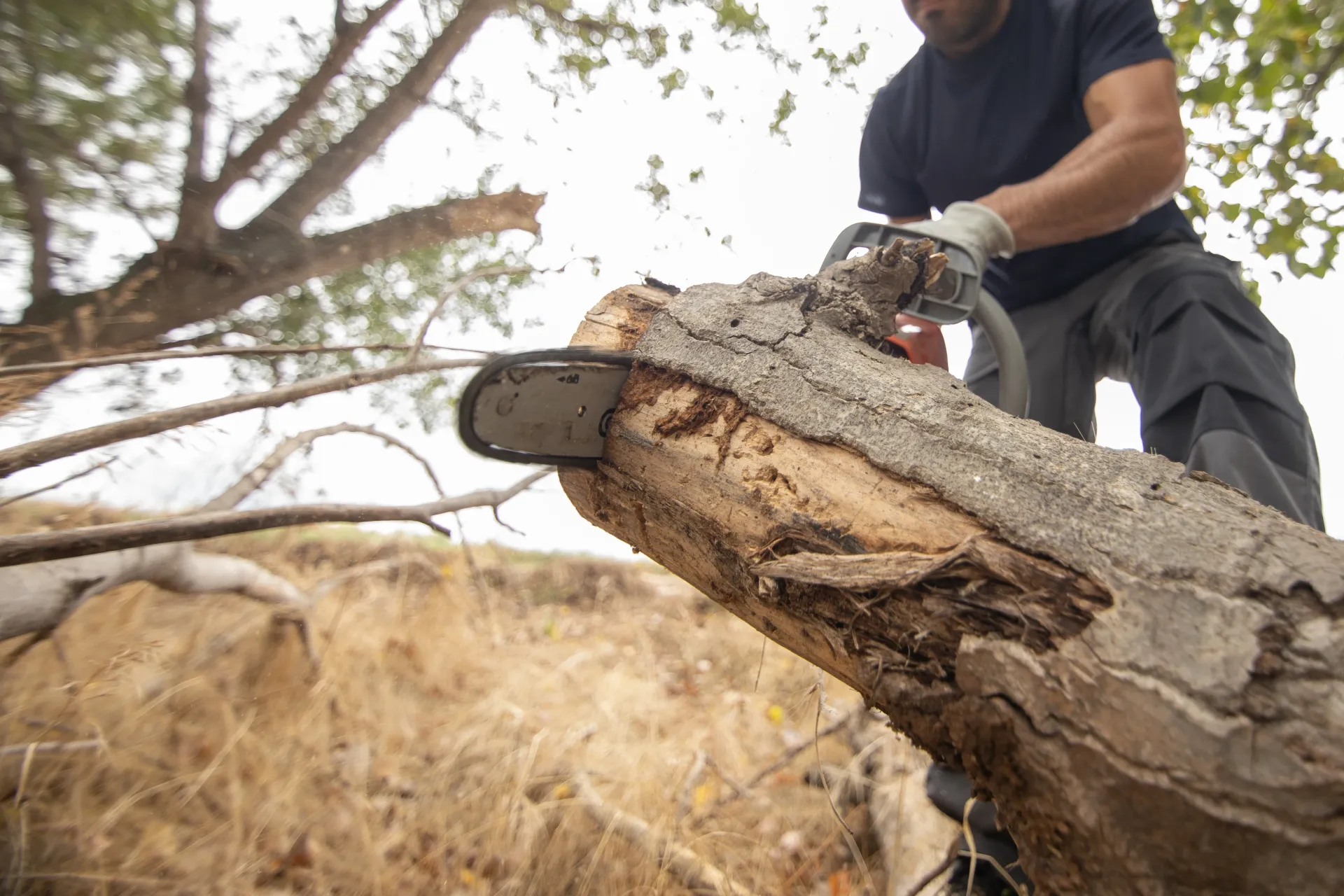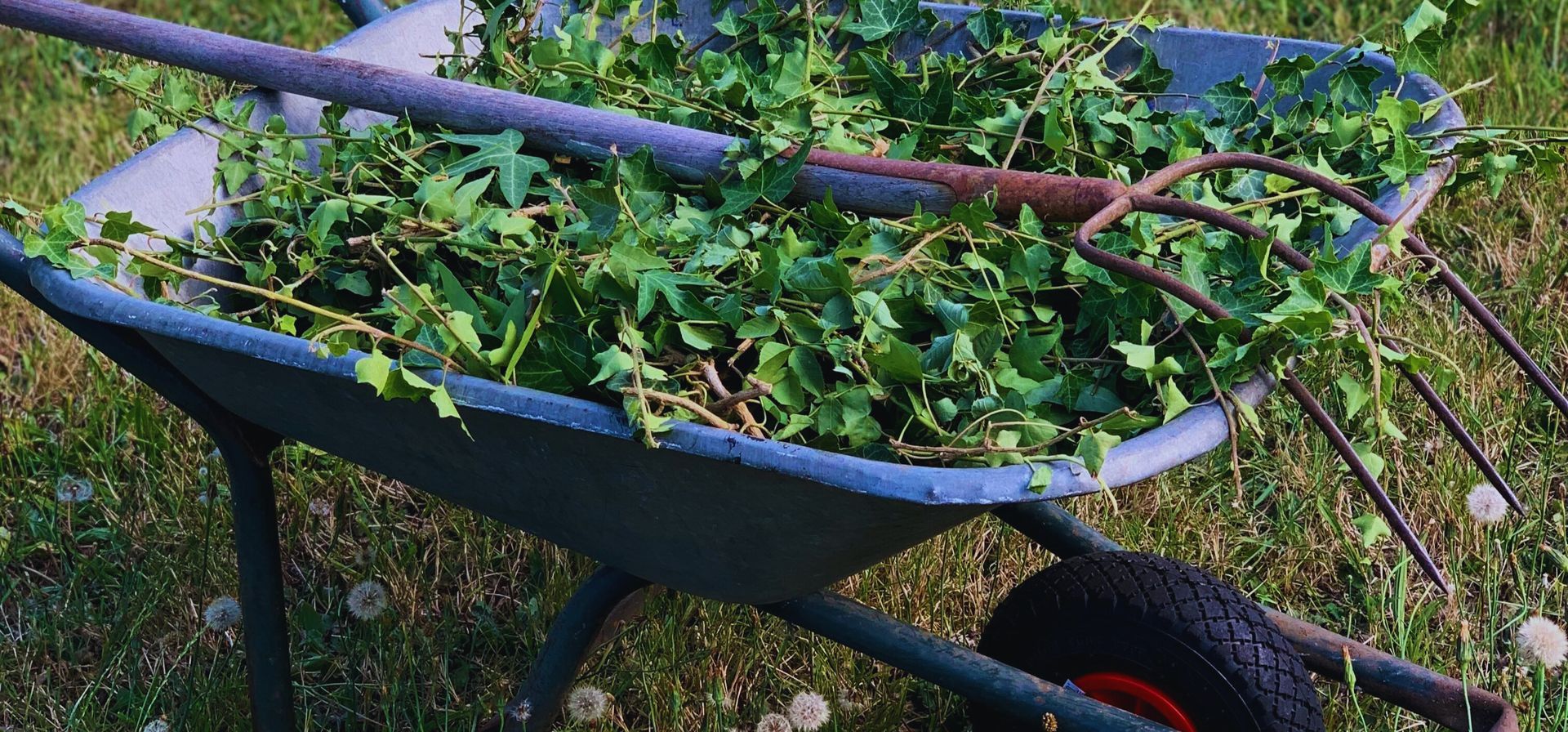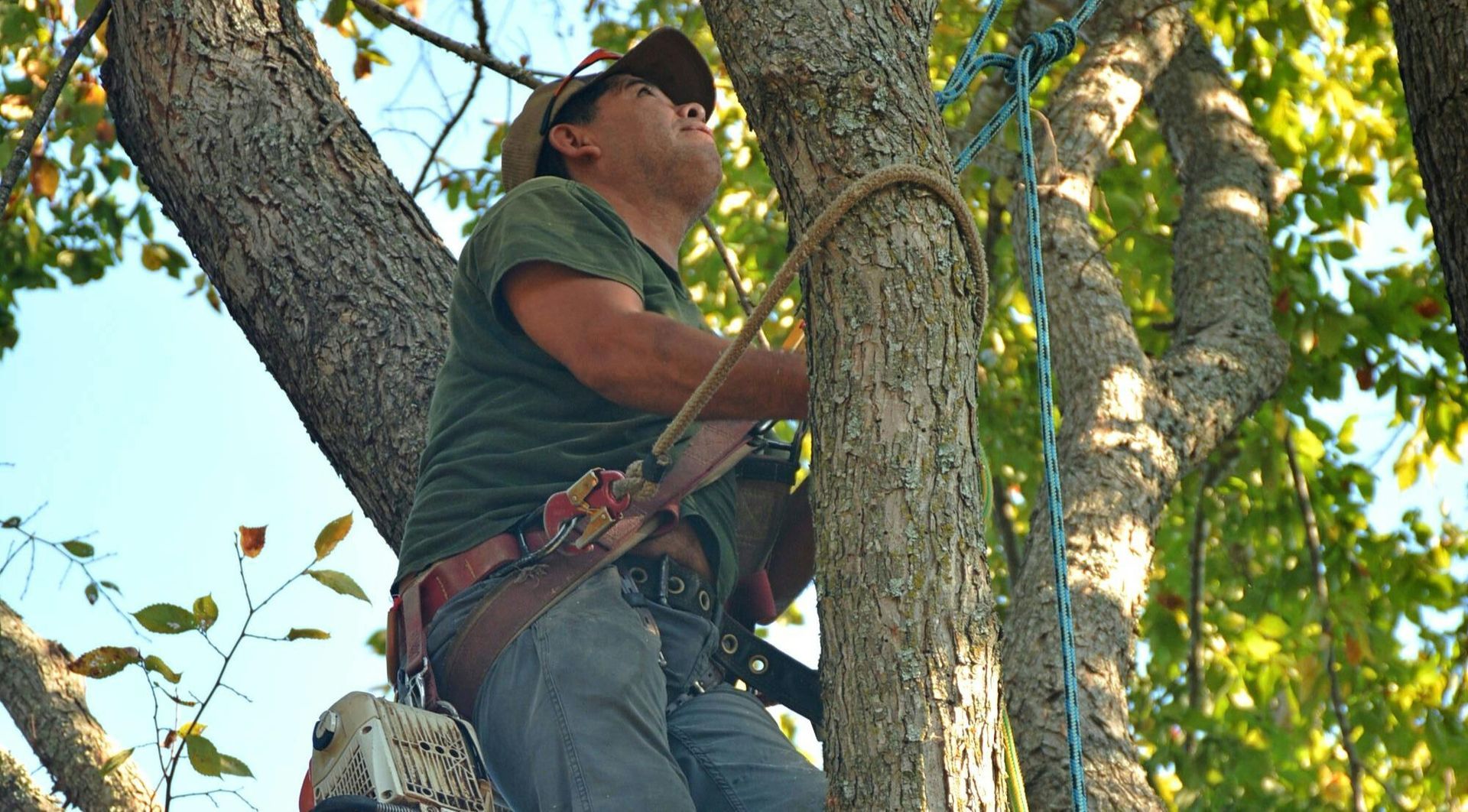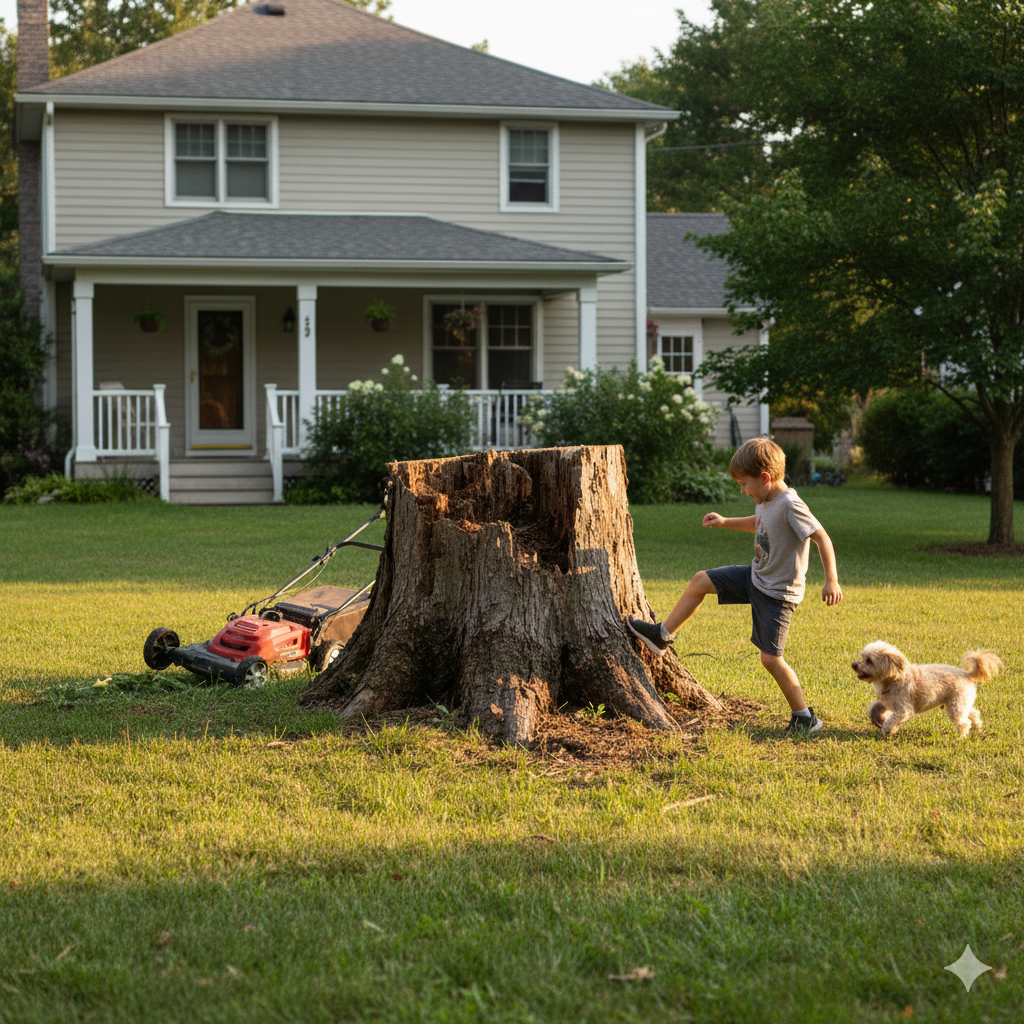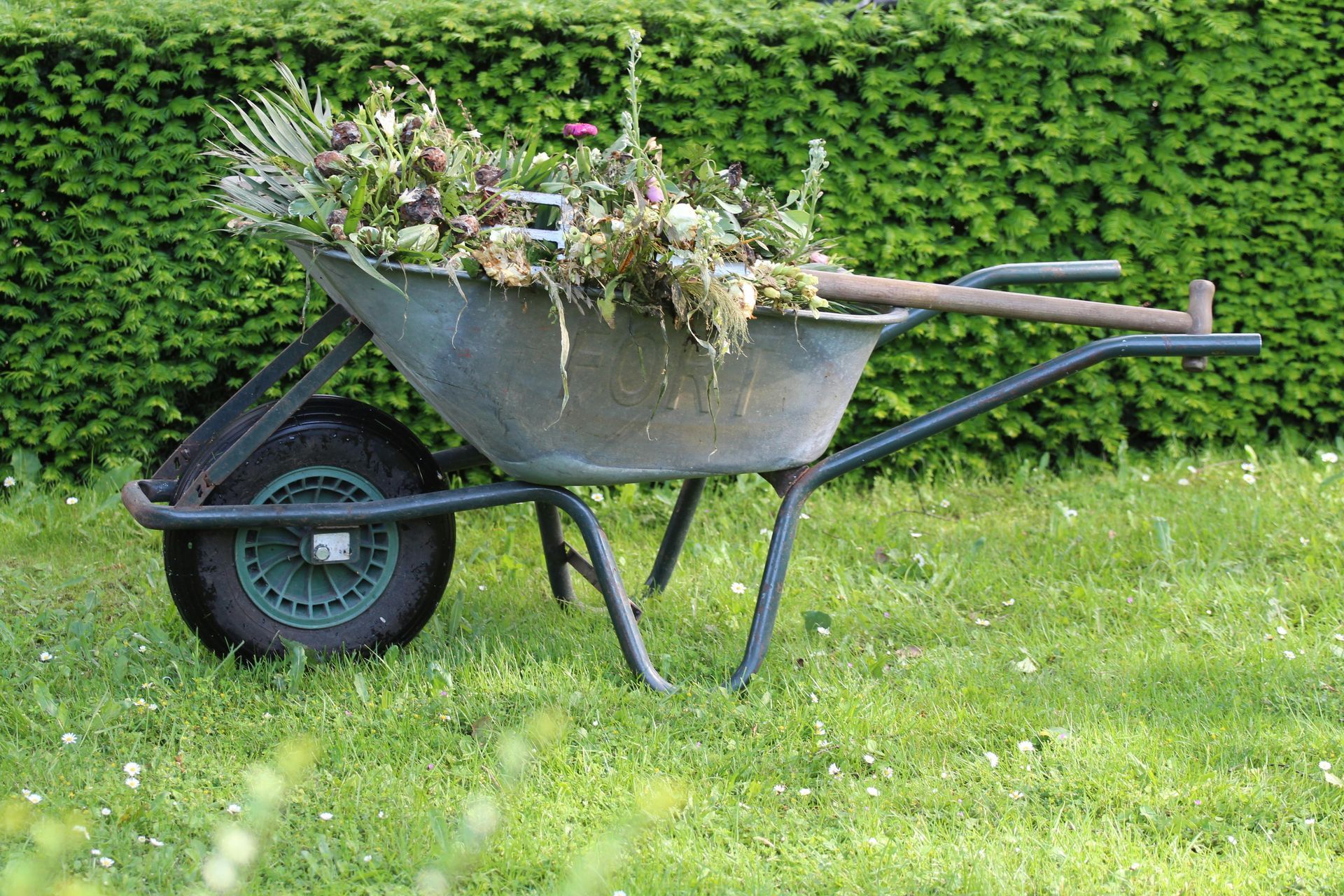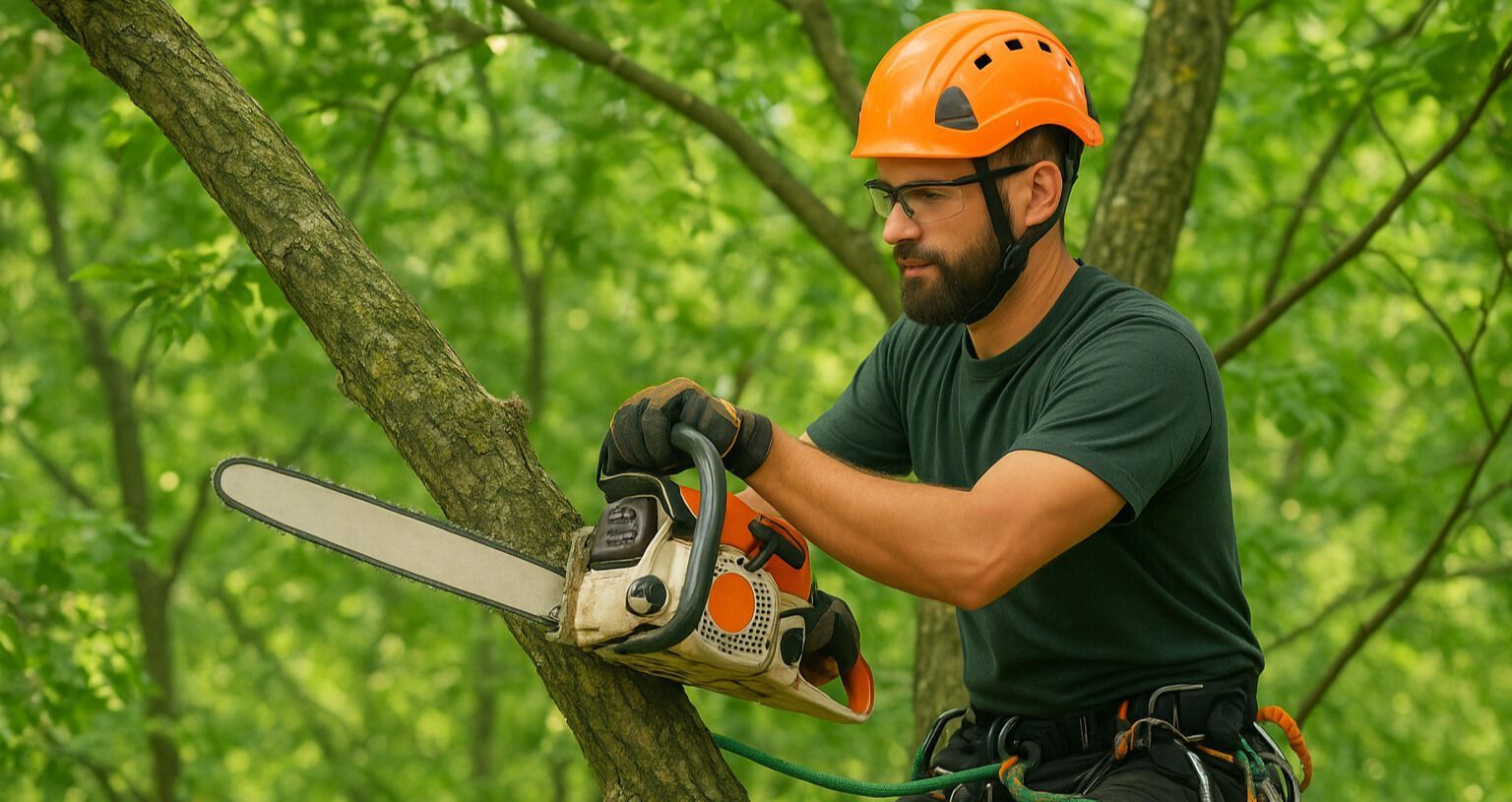Reviving Your Trees: A Southern California Guide to Tree Crown Restoration
My Journey to Restoring My Backyard Oaks
As a longtime resident of Southern California, I've always taken great pride in my home's lush, verdant landscaping. But a few years ago, I noticed that the majestic oak trees in my backyard were starting to look a bit...well, tired. The leaves were thinning, and the branches seemed unruly and overgrown. I knew I had to do something, so I set out on a mission to learn all about tree crown restoration. Let me tell you, it was a game-changer for the health and appearance of my beloved oaks, and I'm excited to share what I've learned with you.
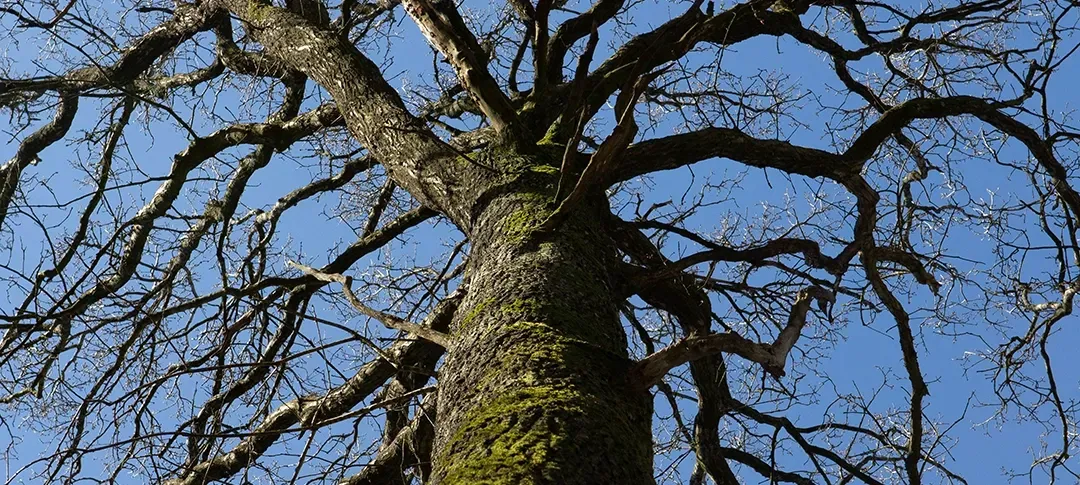
Understanding Tree Crown Restoration
What is Tree Crown Restoration?
Tree crown restoration is the process of revitalizing the upper, leafy part of a tree - the crown. This involves carefully pruning, thinning, and shaping the crown to promote better air circulation, light penetration, and overall tree health.
Why is Crown Restoration Important?
Over time, a tree's crown can become overgrown, damaged, or imbalanced, leading to a variety of problems. Crown restoration helps maintain the structural integrity and aesthetic appeal of your trees, while also addressing potential safety concerns.
When to Consider Crown Restoration
If you notice your trees looking sparse, uneven, or stressed, it may be time to consider crown restoration. This proactive approach can also help preserve the health of younger, established trees before issues arise.
Crown Restoration Techniques
Selective Pruning
Selective pruning involves carefully removing specific branches to thin out the crown, improve air flow, and allow more sunlight to reach the interior.
Crown Thinning
Crown thinning is the process of removing a portion of the smaller, interior branches to open up the tree's canopy and reduce weight.
Crown Raising
Crown raising lifts the overall height of the crown by removing lower branches, often to improve clearance for pedestrians, vehicles, or buildings.
Crown Reduction
Crown reduction is used to decrease the overall size of the crown, typically by shortening the length of the branches.
Benefits of Proper Crown Restoration
Improved Tree Health
By addressing issues like overcrowding and imbalance, crown restoration can reinvigorate a tree's growth, increase nutrient uptake, and make it more resilient to pests and diseases.
Enhanced Aesthetic Appeal
A well-maintained, properly shaped crown can dramatically improve the visual appeal of your landscaping, boosting your home's curb appeal.
Increased Property Value
Healthy, attractive trees are a valuable asset that can significantly enhance the value of your Southern California property.
Safety Considerations
Crown restoration helps mitigate the risk of falling branches or trees, protecting your home, vehicles, and loved ones.
Preparing for Crown Restoration
Assessing Tree Condition
Before any work begins, it's important to have a certified arborist evaluate the overall health and structure of your trees.
Hiring a Certified Arborist
Skilled, certified tree care professionals are essential for ensuring crown restoration is done safely and effectively.
Credentials to Look For
- International Society of Arboriculture (ISA) Certification
- Formal training and education in tree care
- Licensing and insurance coverage
Obtaining Necessary Permits
Depending on your location in Southern California, you may need to obtain permits before crown restoration can commence.
The Crown Restoration Process
Initial Consultation
A reputable arborist will start by thoroughly inspecting your trees and discussing your goals and concerns.
Development of a Plan
Based on the assessment, the arborist will create a tailored plan outlining the specific crown restoration techniques to be used.
Execution of the Work
The arborist and their team will carefully execute the plan, adhering to industry best practices and safety protocols.
Post-Restoration Care
Proper maintenance, including watering, monitoring, and additional pruning, is crucial for the long-term health of your trees.
Maintaining Healthy Tree Crowns
Regular Pruning Schedule
Ongoing, strategic pruning helps maintain the shape and structure of your tree crowns over time.
Monitoring for Issues
Regularly inspecting your trees for signs of distress or disease can help you catch problems early.
Signs of Distress
Look for indicators like sparse foliage, dying branches, or unusual growth patterns.
Preventative Measures
Taking proactive steps like mulching, watering, and pest management can help prevent crown-related issues.
Crown Restoration in Southern California
Common Tree Species
Some of the most prevalent tree types in Southern California include oak, palm, citrus, and eucalyptus.
Regional Climate Considerations
The Mediterranean climate of Southern California requires tailored crown restoration techniques to account for factors like drought, wind, and temperature extremes.
Local Regulations and Permits
Depending on your city or county, there may be specific rules and permitting requirements for tree care activities.
Finding the Right Tree Care Specialist
Researching Local Providers
Look for arborists and tree care companies with a proven track record of quality work in your area.
Evaluating Credentials and Experience
Ensure the professionals you hire have the necessary certifications, training, and expertise to handle crown restoration safely and effectively.
Customer Reviews
Check online reviews and testimonials to get a sense of the company's reputation and level of customer satisfaction.
Pricing Transparency
A reputable provider will offer upfront, transparent pricing without hidden fees or surprises.
DIY Crown Restoration Considerations
Safety Precautions
Attempting crown restoration without proper training and equipment can be extremely dangerous. It's generally advisable to leave this work to the professionals.
Techniques to Avoid
Avoid improper pruning methods like topping or over-thinning, as these can severely damage your trees.
When to Hire a Professional
For any significant crown restoration work, it's best to consult with and hire a certified arborist to ensure the job is done right.
Key Takeaways
Crown restoration revitalizes a tree's upper canopy to improve health and appearance
Techniques like selective pruning, thinning, raising, and reduction can transform your trees
Benefits include enhanced aesthetics, increased property value, and improved safety
Proper preparation, execution, and ongoing maintenance are crucial for success
Hiring a certified arborist is the best way to ensure your crown restoration project is done effectively
FAQ
Q: How often should I have my trees' crowns restored?
A: The frequency depends on factors like tree age, species, and growth rate, but most trees benefit from crown restoration every 3-5 years.
Q: Can crown restoration be done on any type of tree?
A: While the techniques can be applied to a wide variety of tree species, it's important to work with an arborist who understands the unique needs of the trees in your Southern California landscape.
Q: How much does crown restoration typically cost?
A: Prices can vary widely based on factors like tree size, location, and the scope of work required. A reputable arborist can provide a detailed, transparent estimate.
Q: Do I need a permit for crown restoration in my area?
A: Many Southern California municipalities have regulations around tree care activities. Be sure to check with your local authorities before proceeding.
Conclusion
Reviving the health and vitality of your trees through crown restoration is a game-changer for your Southern California property. By taking a proactive, professional approach, you can transform the appearance of your landscape, boost your home's value, and protect your beloved trees for years to come.
If you're ready to explore crown restoration options for your home, reach out to our team of certified arborists. We'll be happy to provide a customized assessment and plan to breathe new life into your trees.

